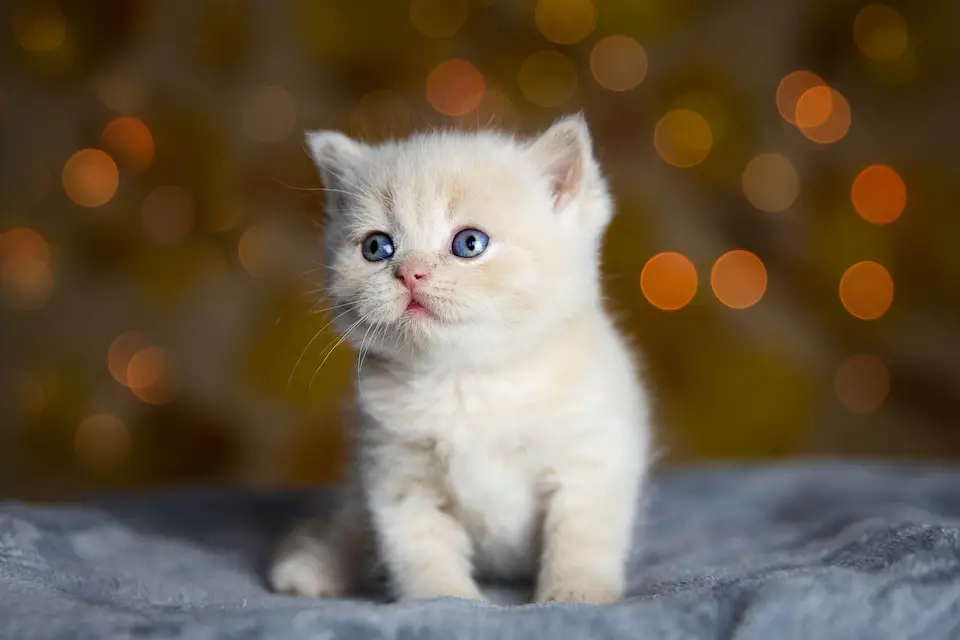Cats are mysterious creatures known for their enigmatic ways and captivating vocalizations. From gentle purrs to insistent meows and the occasional hiss, cats communicate with us through a rich tapestry of sounds. These vocalizations are more than just noise; they’re a window into your cat’s world, offering insights into their emotions, desires, and needs. By decoding the meanings behind these sounds and learning how to respond, you can strengthen your bond with your furry companion and provide them with the best possible care.
Common Cat Vocalizations and Their Meanings
Cats are known for their expressive vocalizations, and decoding these sounds can help you understand your feline friend better. Here’s a breakdown of common cat vocalizations and their meanings:
Meowing:
- Hunger and Food-Related Meows: Cats often meow when hungry or wanting food. These meows can be persistent and may occur around meal times.
- Greeting and Attention-Seeking Meows: When your cat greets you with meows or seeks attention, these meows tend to be softer and more varied. They express a desire for interaction and companionship.
Purring:
- Contentment and Relaxation: Purring is a universal sign of contentment and relaxation in cats. It often accompanies cozy moments, such as when your cat is petted or curled up in your lap.
- Pain or Discomfort: While purring is usually a positive sign, it can also indicate pain or discomfort. If your cat purrs excessively in unusual situations or displays signs of distress, consult your veterinarian.
Hissing and Growling:
- Fear and Aggression: Hissing and growling are defensive vocalizations that signal fear and aggression. Your cat may use these sounds to prevent threats or assert boundaries.
- Setting Boundaries: Cats may also hiss or growl when they want to establish personal space or signal that they feel overwhelmed or threatened.
Chirping and Chattering:
- Bird-Watching Behavior: Chirping and chattering are often observed when your cat watches birds or other prey animals through windows. These vocalizations indicate intense excitement and frustration at being unable to catch the prey.
Yowling:
- Mating Calls: Unspayed or unneutered cats may yowl loudly to attract potential mates during mating season. This can be a particularly intense and persistent vocalization.
- Discomfort or Illness: Yowling can also signify discomfort or illness, especially in senior cats. If your cat yowls excessively, it’s crucial to investigate the underlying cause, which may require a visit to the veterinarian.
Understanding these common cat vocalizations and their meanings is a valuable tool for effectively deciphering your cat’s communication and responding to their needs.
The Role of Body Language
Understanding your cat’s vocalizations becomes even more insightful when considering their body language. Cats use a combination of sounds and physical cues to convey their feelings and intentions. Here’s how to interpret their body language:
- Combining Vocalizations with Physical Cues: To fully grasp what your cat is communicating, observe their posture, facial expressions, and tail position alongside vocalizations. For instance, a purring cat with relaxed body language indicates contentment, while a hissing cat with an arched back signals fear or aggression.
- Understanding the Whole Picture: Cats are masters of subtlety, so it’s essential to consider all aspects of their behavior. The context of the situation, the presence of other animals, and your cat’s overall demeanor are crucial factors in deciphering their communication accurately.
Responding to Your Cat’s Vocalizations
Interpreting your cat’s vocalizations is just one part of the equation. Responding appropriately to their cues is equally essential for a harmonious relationship:
- Providing Appropriate Attention: When your cat meows for attention or companionship, engage with them positively. Offer playtime, gentle petting, or spend quality time together to meet their social needs.
- Addressing Potential Issues: Excessive or unusual vocalizations should prompt further investigation. Hunger, discomfort, health problems, or stress can be underlying causes. Regulating medical issues and providing the necessary care or environmental adjustments is vital.
- Strengthening Your Bond Through Communication: Building a strong bond with your cat involves a two-way conversation. You create trust and understanding by responding sensitively to their vocalizations and cues, fostering a deeper connection with your beloved feline companion.
Q&A Section
Why does my cat meow excessively, and how can I address it?
Excessive meowing can have various causes, from medical issues to attention-seeking. Rule out medical problems first, then provide mental and physical stimulation to address attention-seeking behavior.
What does it mean when my cat purrs loudly?
Loud purring usually indicates contentment and relaxation. Your cat is expressing happiness and comfort when it purrs loudly.
How can I differentiate between playful chirping and distressed chirping?
Playful chirping is often accompanied by playful behavior, like stalking a toy. Distressed chirping may have other signs of stress, such as flattened ears or dilated pupils.
Is it normal for my cat to yowl at night, and how can I manage it?
Nighttime yowling can be due to various reasons, including loneliness or medical issues. Ensure your cat has a comfortable sleeping area, and consult a vet if the behavior persists.
What should I do if my cat hisses or growls at visitors?
Hissing or growling at visitors is a sign of fear or discomfort. Provide a safe space for your cat to retreat and ask visitors to respect your cat’s boundaries.
Conclusion
Understanding and responding to your cat’s vocalizations is a fascinating journey into feline communication. You can construct a stronger relationship with your cat by interpreting its meows, purrs, hiss, and more and ensure its well-being. It’s a delightful dialogue that deepens your bond with your beloved feline companion.

